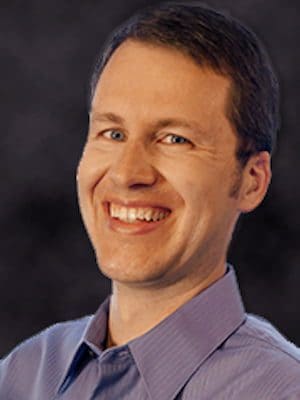In early December, the streets of Capitol Hill are briefly transformed into a first century Middle Eastern scene as robed people march through the streets with sheep, donkeys and camels.
A “live nativity,” this annual event started in 2010 to enact the original Christmas message in the heart of the nation’s power structures.
Christian churches of various denominations across the world perform living nativity scenes with humans and animals staging the biblical accounts of the Christmas story.
A unique type of religious worship service started by Francis of Assisi in the 13th century, live nativities actually predate the use of the now more common crèche – models of nativities found in many homes, churches and even public sites, although the latter often sparks church-state lawsuits.
Sometimes the live nativities are staged in one place, such as at a church, with people coming to see the presentation, and in other traditions the robed actors and animals walk through a community.
The Washington, D.C., live nativity starts at the Supreme Court building and works across the street to the Capitol building.
Although the sponsoring group, Faith and Action in the Nation’s Capital, is a conservative Christian group often involved in political activism, especially on abortion and court-related issues, they stage the live nativity as a typical, nonpartisan version of the Christmas tradition.
As Christmas approaches, Rob Schenck and his organization attempt to transform the political spaces of Capitol Hill into religious space where they can worship.
Schenck explained he stages the live nativity as “literally a beautiful way to convey the true ‘reason for the season,'” believing that this “spectacle” helps people stop and reflect about Christmas.
Although Schenck offers a traditional political message to the service as he explains that he hopes it serves as a reminder to justices and elected officials that public displays of religion are constitutional, he also offers an alternative religious-political message.
Noting that the live nativity highlights the message of Christmas as being about Christ instead of shopping, he added that it also can “remind our top elected and appointed officials they are not the world’s saviors – but, in fact, are in need of the only True Savior born in Bethlehem.”
Other than the baaing and braying of the animals or the camera clicks of gawking tourists, the only sounds heard in the 2013 walking theatrical service were religious texts as Schenck read a biblical passage about Jesus’ birth and someone sang the Christmas hymns, “O Come, O Come, Emmanuel,” “O Holy Night” and “Silent Night.”
Although these texts may be often characterized as purely religious, they carry political messages similar to Schenck’s remarks about the “True Savior” not being found in Washington, D.C.
For instance, “O Come, O Come, Emmanuel” speaks of Jesus coming to “ransom captive Israel” out of their “lonely exile.”
The song “O Holy Night” calls Jesus “the King of Kings,” “your King” and “the Lord” and urges those listening to “fall on your knees” before him.
Similarly, the biblical account that Schenck read (Luke 2) sets the stage by noting an imperial decree by Caesar Augustus and then features an angel using religious-political terms (like “savior,” “son of god” and “good news”), frequently used at the time to describe Caesar, to instead refer to Jesus.
Thus, these religious worship texts also sing a political tune.
As the costumed shepherds and magi lead their animals down Capitol Hill streets with governmental buildings standing in as the backdrop, this theatrical worship service creates a religious-political clash of scenes.
Mixing the ancient and the contemporary, the biblical and the nationalistic, the service transforms the public sidewalks to preach the group’s religious-political message.
This type of service draws upon the roots of the word “liturgy,” which originally emerged from a political context.
The word “liturgy” comes from the Greek word, “leitourgia,” a political term describing service given for the city-state or political community.
Aristotle used the word in this manner in his “Politics” as he offered advice on how to best organize the political community.
Thus, Baptist worship professor Rob Hewell explained that “the use of such a term from the broader culture indicates the perception of the Christians that their faith community had political connotations.”
The liturgy that Christians join together to perform sits at the heart of religious worship and forms the basis for understanding a church’s ecclesiastical practices.
Words like “ecclesiastical” (relating to a church or its clergy) and ecclesiology (the study of a church’s theology or architecture) come from the Greek “ekklesia,” which originally meant a political assembly of a city-state’s citizens.
As early Christians used this Greek word more than 100 times in the New Testament to describe the meeting of Christians in churches, they were borrowing a political term to describe their worship services as an assembly of a kingdom’s citizens.
In that context, their prayers, songs and other aspects of the liturgy are, therefore, a way of serving the religious-political community.
With religious worship cast in historically political terms, the political implications of religious worship move beyond the use of worship in public political arenas.
 Brian Kaylor is a contributing editor for EthicsDaily.com. You can follow him on Twitter @BrianKaylor.
Brian Kaylor is a contributing editor for EthicsDaily.com. You can follow him on Twitter @BrianKaylor.
Editor’s note: This article is an excerpt from Kaylor’s newly released book, “Sacramental Politics: Religious Worship as Political Action.” It is available for purchase here.

